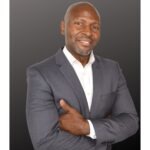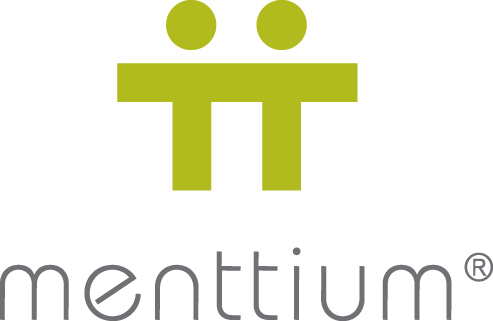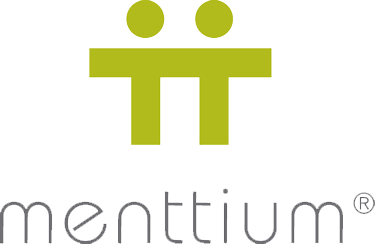23 Feb Developing Executive Presence

James Prince, Director of Client Success and Strategic Client Experience at ADP sits down with Solveig Brown. James shares his insights on executive presence, leadership development, and the significance of Black History Month. He also offers practical strategies for leaders to foster diversity, equity, and inclusion within their teams.
Developing Executive Presence
James emphasizes that executive presence is crucial for leadership success. He identifies three key elements for building executive presence:
- Gravitas: A sense of confidence and the belief that you deserve to be at the table.
- Appearance: Dressing appropriately for the occasion shows that you take your role seriously.
- Communication: How you speak and engage with others is just as important as what you say. Smiling, maintaining eye contact, and using the right tone can make a lasting impression.
James also highlights that executive presence should not be mistaken for arrogance; instead, it’s about owning your space with humility and confidence.
Best Practices for Leadership in a Virtual Setting
With the rise of virtual work environments, James provides advice on how leaders can develop and maintain executive presence in virtual meetings:
- Dress professionally, even if you’re at home, to convey seriousness and respect.
- Keep your camera on to show engagement and prevent distractions.
- Use positive body language and tone of voice to show you are fully present and focused.
These practices help create a strong, memorable presence, even in virtual spaces.
Challenges for Leaders of Color
As a Black man, James discusses the unique challenges faced by leaders who are not part of the dominant group, particularly in predominantly white, male-led industries. He explains the difficulty of overcoming imposter syndrome and feeling like an outsider in rooms where people of color are underrepresented. Despite these challenges, he encourages leaders of color to remember that they belong at the table and to leverage their credentials, integrity, and preparedness to excel.
Addressing DEI Challenges and Fatigue
During Black History Month, James reflects on the biggest challenges faced by African American employees in the workplace, including the need for more representation in leadership roles. He stresses that while DEI initiatives have gained momentum since 2020, many organizations experience DEI fatigue—the feeling that they’ve done enough.
To move beyond this fatigue, James recommends:
- Keeping DEI on every leadership agenda.
- Engaging in productive conversations about race and inclusion, even when uncomfortable.
- Regularly assessing DEI goals and holding leadership accountable for progress.
Importance of Conversations and Representation
James highlights the power of productive conversations in driving change. Avoiding or passively accepting difficult topics like race and diversity only hinders progress. Leaders should foster an environment where all employees feel psychologically safe to express their concerns.
James also stresses the importance of representation in corporate environments, citing brands like Target, which prominently feature diverse representation in their marketing as an example of how organizations can integrate DEI into their business strategy.
Conclusion
James concludes by encouraging leaders to embrace their differences and stay humble. He believes that every leader has the potential to make a lasting impact if they focus on continuous improvement, honest conversations, and a genuine commitment to diversity.
About James Prince
For over 30 years, James has been a noteworthy leader in the human capital management space, possessing a broad range of executive experience. James has a lifelong commitment to developing leaders. As general manager, he effectively led large diverse teams for iconic Fortune 500 brands such as Delta Airlines, Walmart, and Costco Wholesale.
James served as the VP of Operations for the National Black BA Associations Atlanta chapter. He was also the director of Leaders of Tomorrow where he created a whole new approach to youth mentoring. James is the founder and Chief Motivation Officer of Beyond Mediocrity Leader Development, a consulting firm focused on self-actualization, social activism, and business acumen.
Recommended Resources
- Executive Presence by Sylvia Ann Hewlett
- ADP’s Spark Blog, which provides actionable insights on building inclusive cultures


